Unveiling Infrared Curing: Short-Wave vs Medium-Wave Equipment & Applications
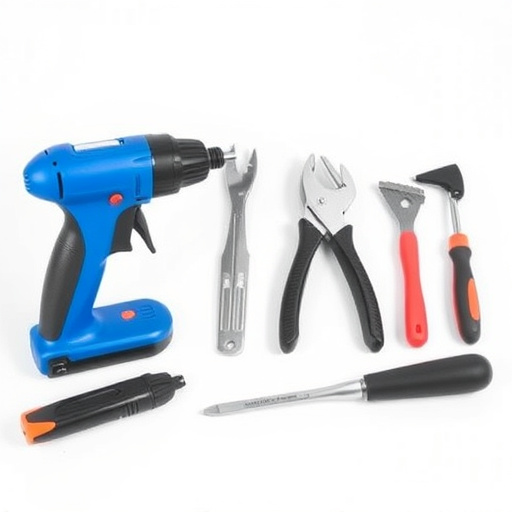
Infrared curing equipment, a cutting-edge technology in automotive repairs, offers swift and efficie…….
Infrared (IR) curing equipment has emerged as a game-changer in the manufacturing and industrial sectors, offering precise and efficient solutions for various applications. This advanced technology utilizes infrared radiation to cure or dry materials quickly and effectively, revolutionizing traditional curing methods. In this comprehensive article, we will explore the intricacies of infrared curing equipment, its global impact, technological advancements, and its role in shaping the future of manufacturing. By delving into these aspects, readers will gain a profound understanding of why this technology is becoming indispensable across industries.
Infrared curing equipment is a specialized system designed to initiate rapid chemical reactions or cure materials through the absorption of infrared radiation. Unlike conventional drying methods that rely on air circulation and evaporation, IR curing provides a more direct and intense energy source, leading to faster processing times and improved product quality. The core components of an IR curing system include:
Infrared Lamp or Heater: These are the primary sources of infrared radiation, generating heat at specific wavelengths that are absorbed by the target material. Lamps can be designed with different power outputs and spectral distributions to suit various applications.
Material Substrate: The substance to be cured, such as inks, adhesives, coatings, or polymers, is placed on a suitable substrate or conveyor system. The material’s properties, including its ability to absorb IR radiation, play a crucial role in the curing process.
Control System: Advanced control mechanisms regulate the intensity, duration, and timing of infrared exposure to ensure precise curing. This includes temperature and power controls, allowing for customized settings based on the material being cured.
The concept of using infrared energy for curing dates back to the mid-19th century when early experiments with heat lamps were conducted. However, its widespread adoption in industrial applications began in the late 20th century due to technological advancements and the increasing demand for faster, more efficient production processes. Today, IR curing equipment finds its place in diverse industries, from printing and coatings to adhesives and advanced manufacturing.
The impact of infrared curing equipment is not limited to a single region; it has become a global phenomenon, reshaping industrial practices worldwide. Key trends shaping the market include:
Increasing Demand in Print and Packaging: The printing industry, especially digital printing, has embraced IR curing for its ability to provide fast, high-quality drying of inks and coatings. This trend is driving market growth, particularly in regions with thriving packaging industries, such as North America, Europe, and Asia Pacific.
Adoption in Advanced Manufacturing: With the rise of additive manufacturing (3D printing) and advanced materials, IR curing equipment has become an integral part of these processes. It enables faster production times and improves the mechanical properties of printed objects, fostering innovation in sectors like aerospace, automotive, and medical devices.
Regional Market Dynamics: The market for infrared curing equipment exhibits varying growth patterns across regions. For instance, Asia Pacific is witnessing rapid adoption due to its expanding manufacturing base and favorable government initiatives promoting industrial automation. In contrast, North America and Europe have a more mature market but continue to invest in technological advancements and sustainable solutions, driving innovation in green IR curing technologies.
Sustainability Focus: There is a growing emphasis on environmentally friendly production processes, leading to the development of energy-efficient IR curing equipment. Manufacturers are focusing on reducing power consumption and minimizing waste, aligning with global sustainability goals.
The economic landscape surrounding infrared curing equipment is dynamic and influenced by various factors:
| Market Factors | Impact |
|---|---|
| Global Manufacturing Trends: The increasing trend towards just-in-time production, lean manufacturing, and flexible production lines has fueled the demand for IR curing equipment. It enables faster changeovers and reduces waste, making it an attractive solution for modern factories. | Market Expansion |
| Investment in Automation: Industries are investing heavily in automation to improve efficiency and reduce labor costs. IR curing systems, being easy to integrate into automated processes, are benefiting from this shift, especially in sectors like electronics assembly and semiconductor manufacturing. | High Growth Potential |
| Regional Economic Disparities: While Asia Pacific dominates in terms of market share, regions with emerging economies, such as Southeast Asia and South America, present significant growth opportunities. These areas are witnessing rapid industrialization and infrastructure development, creating a favorable environment for IR curing technology adoption. | Market Diversification |
| Government Incentives: Governments worldwide offer incentives to promote industrial upgrades and the adoption of advanced technologies. Tax benefits, grants, and subsidies related to automation and energy-efficient systems have positively impacted the infrared curing equipment market. | Market Stimulation |
The field of infrared curing equipment has witnessed several technological breakthroughs that have expanded its applications and improved overall performance:
Smart Curing Systems: Integration of advanced control systems and sensors has led to the development of ‘smart’ IR curing equipment. These systems can adapt to different materials and conditions, optimizing curing parameters for consistent quality. Machine learning algorithms enhance predictive maintenance, ensuring optimal equipment performance.
Multi-Wavelength Infrared Lamps: Researchers have developed lamps that emit across a broader spectrum of infrared radiation, allowing for more efficient energy transfer to diverse materials. This advancement is particularly useful in complex curing processes involving multiple layers or specialized coatings.
Fiber Optic Curing: Fiber optic technology has been utilized to create compact and highly efficient IR curing systems. Fiber optic lamps can deliver precise amounts of radiation over long distances, making them suitable for complex shapes and irregular surfaces.
Hybrid Curing Technologies: Combining infrared radiation with other technologies, such as UV or LED curing, offers enhanced versatility. Hybrid systems cater to specific material requirements, providing optimal curing outcomes while reducing energy consumption.
The development and use of infrared curing equipment are subject to various policies and regulations that vary across jurisdictions. These frameworks ensure safety, environmental protection, and ethical standards in manufacturing processes:
Occupational Safety and Health: Regulations like OSHA (Occupational Safety and Health Administration) guidelines in the US focus on protecting workers from potential hazards associated with IR curing systems, including heat exposure and infrared radiation. Proper ventilation, shielding, and personal protective equipment are mandated.
Environmental Standards: Manufacturers must adhere to environmental regulations regarding emissions, waste disposal, and energy efficiency. The European Union’s RoHS (Restriction of Hazardous Substances) directive influences the design and production of IR curing equipment, promoting the use of safer materials.
Product Safety and Quality: In industries where IR curing is used for consumer products, such as electronics or packaging, there are strict quality control measures. These ensure that cured products meet safety standards and regulatory requirements, like food safety regulations in the packaging sector.
Export and Import Controls: International trade of infrared curing equipment may be subject to export/import controls, especially for technologies with dual-use applications. Governments implement these controls to prevent the transfer of sensitive technologies to potential risks or unauthorized entities.
Despite its numerous advantages, infrared curing equipment faces certain challenges and criticisms that require thoughtful solutions:
Initial Cost and Implementation: One of the primary barriers is the high upfront cost of acquiring IR curing systems, especially for small and medium-sized enterprises (SMEs). Additionally, integrating these systems into existing production lines may require significant reconfiguration and training, posing implementation challenges.
Material Compatibility: Not all materials are suitable for infrared curing, and understanding their behavior during the process is crucial. Manufacturers must conduct thorough material testing to ensure successful curing outcomes, which can be a time-consuming and costly endeavor.
Energy Efficiency Concerns: While IR curing offers faster processing, it has been criticized for higher energy consumption compared to traditional drying methods. However, advancements in technology, such as smart systems and energy-efficient lamps, are addressing these concerns by reducing overall energy usage.
Safety and Training: Operating IR curing equipment requires proper training to ensure safe handling, especially when dealing with high-power systems. Lack of awareness or inadequate safety protocols can lead to accidents, underscoring the importance of comprehensive training programs.
Case Study 1: Revolutionizing Printing Industry in Asia Pacific
In a major Southeast Asian packaging company, infrared curing equipment was implemented to dry and cure inkjet printed labels on high-speed production lines. The traditional drying process, relying on hot air vents, caused ink smudging and inconsistencies. IR curing provided uniform and rapid drying, improving product quality and reducing waste. This led to significant cost savings and enhanced the company’s competitive edge in the market.
Case Study 2: Advanced Manufacturing in Automotive Sector
A leading automotive parts manufacturer adopted infrared curing for its additive manufacturing process, creating complex geometric components with precise mechanical properties. The fast curing time enabled faster production cycles, reducing lead times by 30%. Moreover, IR curing improved the surface quality of printed parts, allowing for direct painting without additional priming, streamlining the assembly line.
Case Study 3: Sustainable Packaging Solution
A global food packaging company developed an innovative, eco-friendly packaging material using biodegradable polymers. Infrared curing was employed to dry and cure this new material, ensuring its structural integrity and barrier properties. This sustainable approach reduced the environmental impact of packaging waste while maintaining product freshness and quality.
The future of infrared curing equipment looks promising, with several growth areas and emerging trends shaping its trajectory:
Smart Factories and Industry 4.0: IR curing systems will play a pivotal role in the evolution of smart factories, where automation, data analytics, and connectivity converge. Advanced control systems will enable seamless integration with other manufacturing technologies, optimizing overall production efficiency.
3D Printing and Additive Manufacturing: With the continued growth of additive manufacturing, infrared curing equipment will remain essential for faster, high-quality printing. The focus will shift towards developing compact, modular systems suitable for on-demand, small-batch production.
Sustainable and Green Technologies: Environmental sustainability will drive innovation, leading to more energy-efficient IR curing technologies. Researchers will explore new materials and designs to minimize power consumption and reduce the carbon footprint of manufacturing processes.
Medical and Pharmaceutical Applications: Infrared curing equipment has potential applications in medical device manufacturing, including advanced polymer processing for implants and drug delivery systems. Its ability to provide precise, controlled curing can enhance product safety and performance.
Infrared curing equipment has emerged as a versatile, efficient, and sustainable solution for modern manufacturing and industrial processes. From printing and packaging to advanced materials and medical applications, its impact is profound and far-reaching. As technology continues to evolve, IR curing will play a pivotal role in shaping the future of industry, offering faster production times, improved product quality, and enhanced environmental sustainability.
Q: How does infrared curing equipment differ from traditional drying methods?
A: Infrared curing offers a more direct form of energy transfer, allowing for faster and more uniform drying/curing compared to conventional methods that rely on air circulation and evaporation. IR curing is particularly effective for materials that absorb infrared radiation, providing precise control over the process.
Q: What are the key benefits of using infrared curing equipment?
A: The primary advantages include faster processing times, improved product quality and consistency, reduced energy consumption (when optimized), and the ability to cure a wide range of materials. It also enables more compact system designs due to its focused energy delivery.
Q: Are there any safety concerns associated with infrared curing equipment?
A: While IR curing systems are generally safe when operated correctly, there are potential hazards related to heat exposure and infrared radiation. Proper shielding, ventilation, and personal protective equipment are essential to mitigate risks. Regular maintenance and adherence to safety guidelines ensure a safe working environment.
Q: How does infrared curing contribute to sustainable manufacturing?
A: Infrared curing can enhance sustainability by reducing energy consumption (especially when compared to some traditional drying methods), minimizing waste generation, and enabling the use of eco-friendly materials. The rapid curing process also allows for more efficient material utilization, leading to less scrap material.
Q: Can infrared curing equipment be integrated into existing production lines?
A: Absolutely! IR curing systems can be designed for easy integration into various manufacturing processes. With proper planning and engineering, these systems can be incorporated into existing lines without significant disruptions, making them a flexible solution for industries seeking to enhance their capabilities.

Infrared curing equipment, a cutting-edge technology in automotive repairs, offers swift and efficie…….
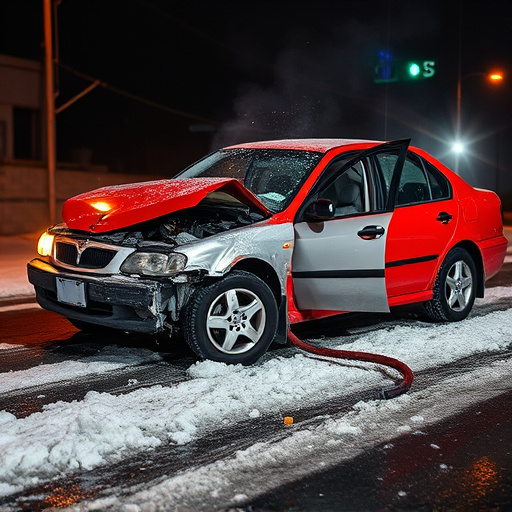
Infrared curing equipment uses SWIR (short-wave) or MWIR (medium-wave) radiation for efficient mater…….
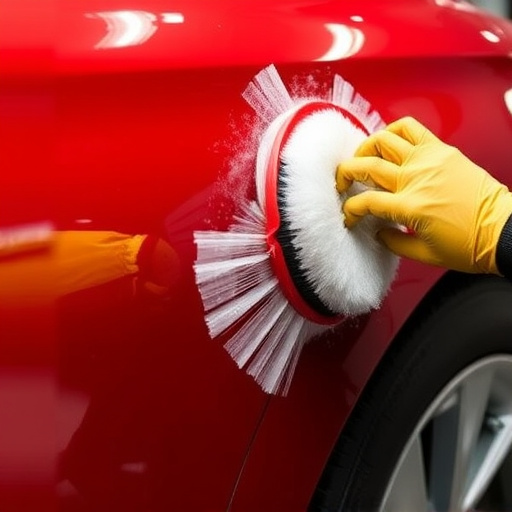
Infrared (IR) curing equipment revolutionizes automotive and cosmetic repairs by speeding up drying…….
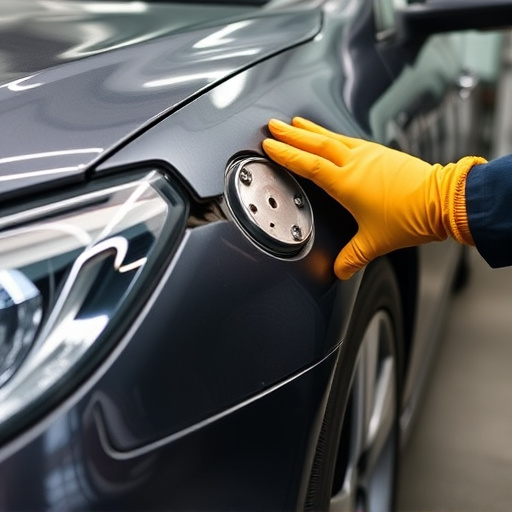
Infrared curing equipment transforms car repair and painting by offering swift, precise drying and e…….
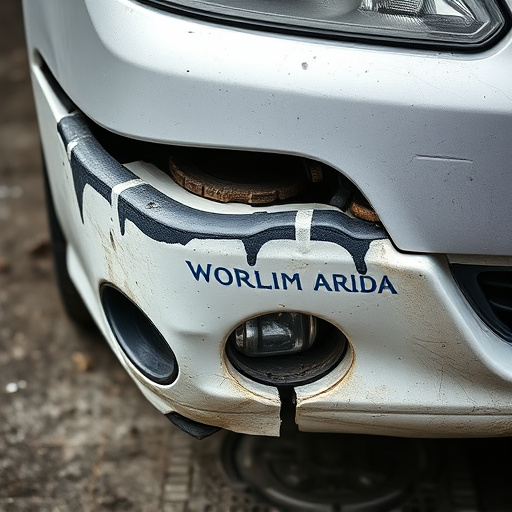
Infrared curing equipment transforms body shop operations with faster drying times, even heat distri…….
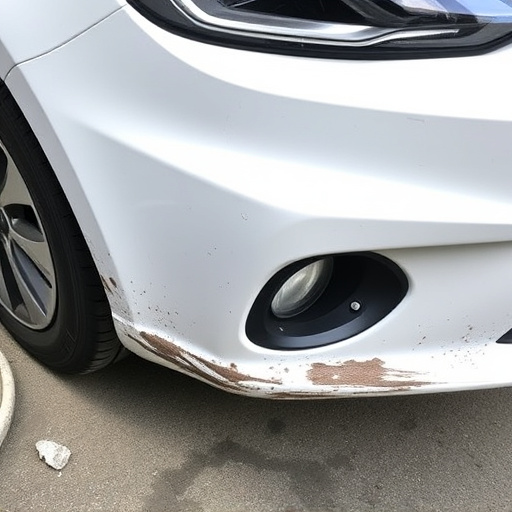
Infrared curing equipment transforms auto body repair with its versatility and efficiency, offering…….
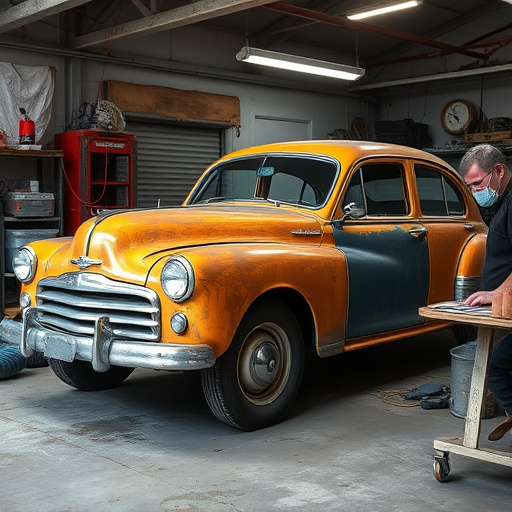
Infrared (IR) curing technology revolutionizes automotive repair by offering faster, efficient, and…….
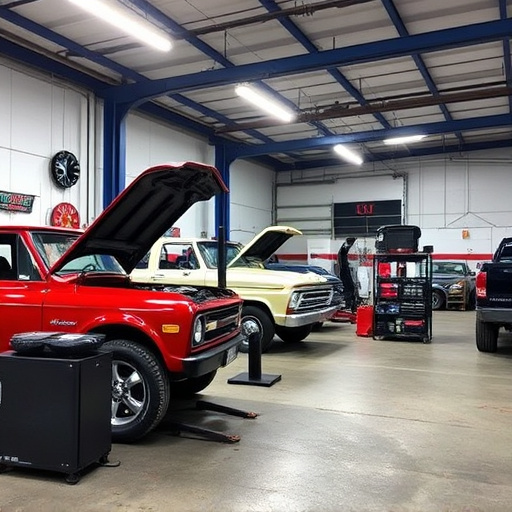
Infrared curing equipment revolutionizes automotive collision centers by offering swift, precise, an…….
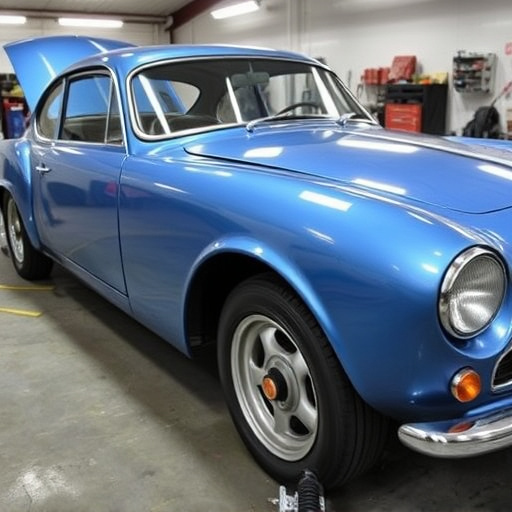
Infrared curing equipment has transformed automotive repairs with faster, precise results, reducing…….

Infrared curing equipment revolutionizes insurance repairs by dramatically reducing drying times, cu…….